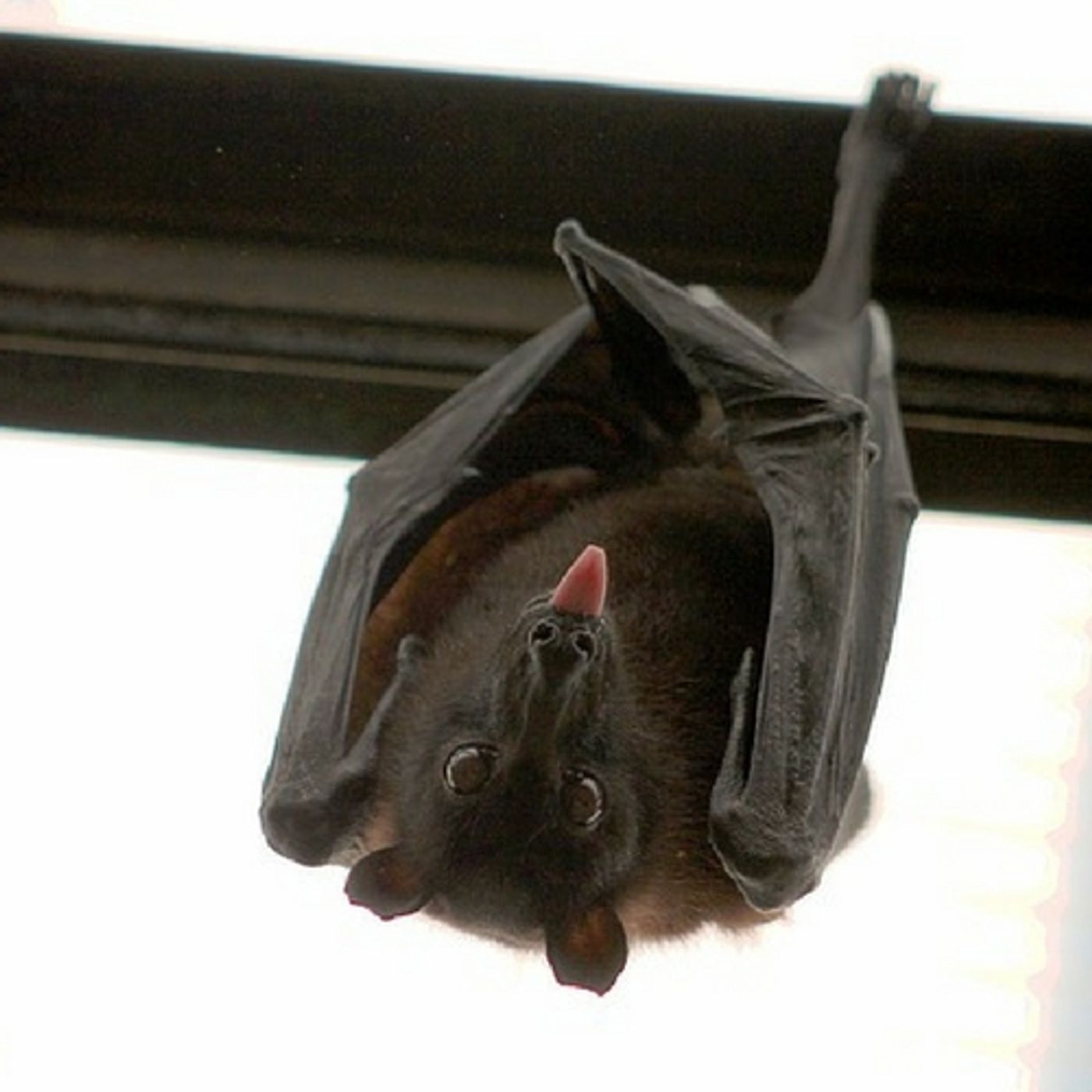The Brain Maps Your Social Surroundings
Knowing where you are and what is around you is a vital brain function. It's what enables us to navigate places, find resources like food or shelter and make the hundreds of small decisions we make every day when acting in our typical environment. Researchers know that specific neurons in the brain, called place cells, are what makes this process go smoothly.
Understanding our own position is one thing, but in many cases, the brain needs to know where others are and how the actions of anyone around us, impacts our behavior. New research from scientists at the Weizmann Institute may have found a group of neurons that notice and keep track of where others are. Using bats and some very sophisticated monitoring, the work, recently published in Science Magazine, could be a major move forward in brain research.
The discovery of place cells, which are found in the hippocampus of the brain, was such a significant breakthrough that the scientists who discovered them, John O'Keefe, May-Britt Moser and Edvard I. Moser, were awarded the 2014 Nobel Prize for Physiology or Medicine. The team at the Weizmann Institute wanted to know if these cells, interacted with the social function of the brain, which some studies show is also part of the what the hippocampus does. Their question was, primarily, does the brain map our environment socially, as well as spatially?
To do this, lead researcher Prof. Nachum Ulanovsky of the Institute's Neurobiology Department, put together a "bat lab" that included a space where there was food. Two bats, one a "teacher" and the other a "student" would interact in the lab while being monitored with small electrodes and a device called a neural logger. While the teacher bat flew from a perch to a stand in the lab where there was food, the student observed. It took, on average, about 13 seconds for the student bat to realize where the food was and to fly from the perch to the fruit just as the first bat had done. The video below shows the light patterns as they flew.
Getting the bats to behave in this way wasn't easy. The researchers had to find two bats, making sure that one was an alpha male and the other was more submissive so that they could determine which cells were activated as "self" cells and which were "other" cells. Dr. Ulanovsky explained, "The most challenging part of the experiments was to prevent the two bats from flying off together, as we needed one to stay put so we could differentiate the self- from the other-place cells. The trick was to identify the alpha males of the group and make them the teachers – this then made the students ‘pay respect' and not fly out together with the teachers." When they looked at the monitoring devices, they could see that when the student bats were flying to the food, the place cells in the brain were active. A different group of cells, also in the hippocampus, became active when the student bats were watching the alpha bat fly through the bat lab.
To make sure that it was the brain cells processing the information and not just the bats looking around, the head movements of the bats were recorded and did not correlate with the activity of the group of cells that were active when the student bat was observing the teacher. The team also looked at cell activity when an object was moved in the same manner and path as the teacher bat had taken. Looking at the anatomical factors and neural activity showed that the brain reacted differently to observing an object versus another bat, further validation that the cells involved are social and not just visual. The video below is a graphic of how the experiment worked; check it out.
Sources: Weizmann Institute, Jerusalem Post, Neuron, Science









